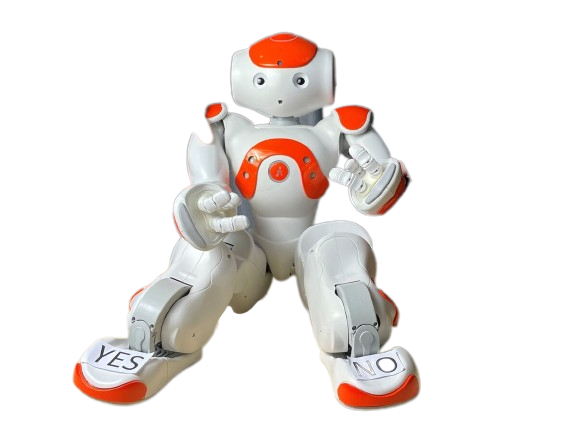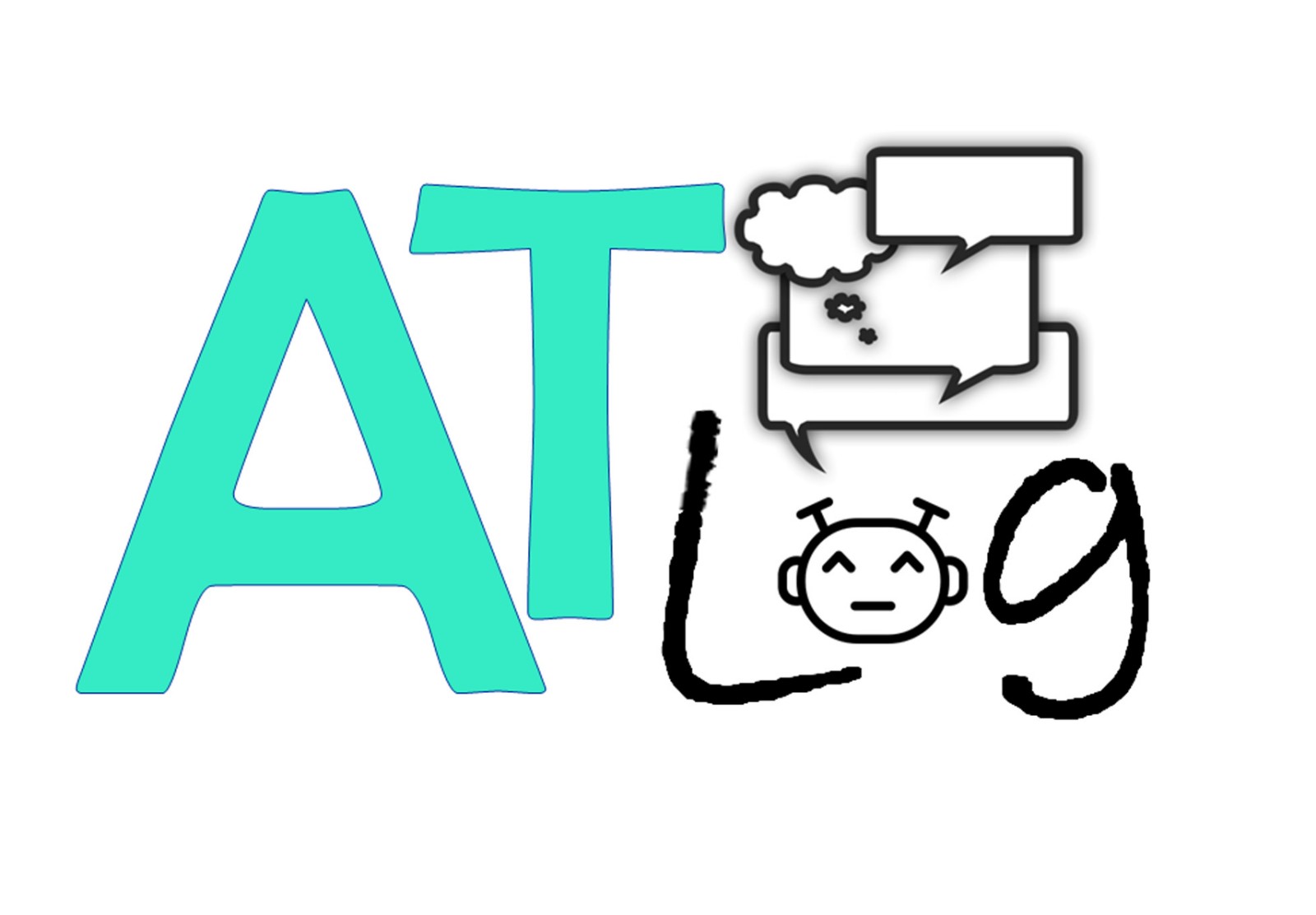Objectives, hypotheses, and approaches
PROJECT GOAL
Research approaches and development of an innovative methodology for speech therapy intervention enhanced via robot skills and behaviour, interactivity and augmented reality scenes, and human-like speech services. Research approaches for optimal combination of assistive technologies and speech therapy materials in the development of structured game scenarios for obtaining and practicing skills in the physical, digital and/or virtual world according to the type of communication disorder.
Research approaches and development of algorithms for behaviour and skills of assistive robots for each of the target groups. Research and development of algorithms for visual programming of basic robot skills and behaviour graphically.
Experimental studies of the Platform at the Speech Therapy Centre at South-West University "Neofit Rilski" with the aim of acquiring new knowledge about the efficacy of innovative methodology for speech therapy enhanced with robots, augmented reality and natural language processing. Research and design of an ethical framework for the use of socially assisting robots, for the 3D content in the augmented reality and for the quality of the generated text in the Platform. Research and development of methods for evaluating the quality of the ergonomic solutions proposed for using the Platform.
Research approaches and development of new methods for quantitative evaluation of attention, engagement and emotions of children and adolescents with CD by tracking non-verbal social signals such as gaze, head movement, gestures, vocal behaviour, etc.


MAIN HYPOTHESIS
Our main hypothesis is that via experimental research we will gain new knowledge about the causes leading to a more effective methodology through assistive technologies for therapy beyond traditional speech therapy. The innovative methodology of "perception-cognition-action-experience" proposed in the current project through game scenarios in the physical, digital and virtual world and the innovative Platform will lead to a complete and engaging speech therapy intervention for children and adolescents with CD in comparison with methodologies which do not use or use particular assistive technologies. This, in turn, will facilitate and improve the communication and social adaptation of these children and adolescents, as they will experience and acquire specific experiences through interesting emotional and social scenarios in an innovative and protected environment. Our other expectations are that children and adolescents will develop not only social and civic competences, but also digital competences and teamwork skills with humans, real and virtual robot assistants.
Approaches for accomplishment of the research goals
Research methodology and techniques
When designing the Methodology, an analysis will be made for the development of the currently used assistive technologies in speech therapy, and solutions for integration of more than one AT in an open platform with an ergonomic model for use will be searched. The analysis of new social robots, new technologies for virtual and mixed reality, the potential of visual programming, as well as new methods for the quantitative assessment of non-verbal social cues, will be the key studies that will enable the development of the innovative Methodology proposed in the project. The research method Delphi (a systematic and interactive prediction method) will be applied to the game scenarios so that they can be structured and decomposed into basic skills and behavior for robots and 3D scenes, classified to the specific CD respectively. To recognize the speech therapy context, ATs will use a QR code, which, through keywords (tags), will encode what behavior, 3D scenes or dialogue is expected from the particular assistive technology.
Vector and matrix methods, mathematical apparatus of geometric algebra and screw theory will be used for research, development and control of the movements of the Emo robot which is planned to be included in the project. To research and develop the scenarios assisted by Nao and Furhat robots, an algorithmic approach and a method for visual programming of new skills and behavior will be used through block-based graphic environments - Nao Choregraphe and Furhat Blockly. A kinematic method for programming of the joint movements of the Nao robot will be applied in the Python development environment Naoqi 2.837. 3D CAD modelling will be used to develop the virtual or mixed reality scenes, as well as the virtual presence of the Nao and Emo robots in the scenes. Unreal Engine (UE)38, which is an open source 3D computer graphics game engine, will be used to develop the scenarios in AR. Written in C++, Unreal Engine is highly portable, supporting a wide range of desktop, mobile, console, and virtual reality platforms. Unreal Engine’s Blueprint visual scripting system allows scripts creation for applications as well as building of blocks such as stand-alone applications.
To integrate the assistive technologies into a common platform, the approach to integrate devices and services in the Internet through a flow-based environment in a Node-RED browser with the possibility to use cloud services will be explored and implemented. By using the concept of creating block-based visual programming languages and editors (VPL), a Blockly40 GUI will be developed for the Platform use. For human-like text generation and speech, a client-server communication approach and "on-demand" cloud services which return a text or audio file in response to URL GET or POST requests will be explored. Different language models with generative pre-trained transformer such as Open AI GPT-341 and EleutherAI GPT-J42 will be investigated and tested. The platform will use the Google Charts Infographics Server to generate QR codes43 which returns an image of the text in response to a URL GET or POST request. To evaluate the behaviour of children and adolescents with CD in real and virtual space, techniques for tracking the movements of the eyes, head, hands, voice, etc. will be applied. Some of the following hardware and software products will be used: 1) Eye tracking in HTC Viva PRO 2) Head and eye tracking in Hololens 2 glasses 3) Tobii Pro eye tracking hardware and software44. For observations and objective measurement of certain parameters, both at segmental and at suprasegmental level, a speech analysis approach will be applied via a specialized Computerized Speech Lab hardware and software. A statistical method will be applied to analyze the experimental data through a specialized SPSS Statistics software.



